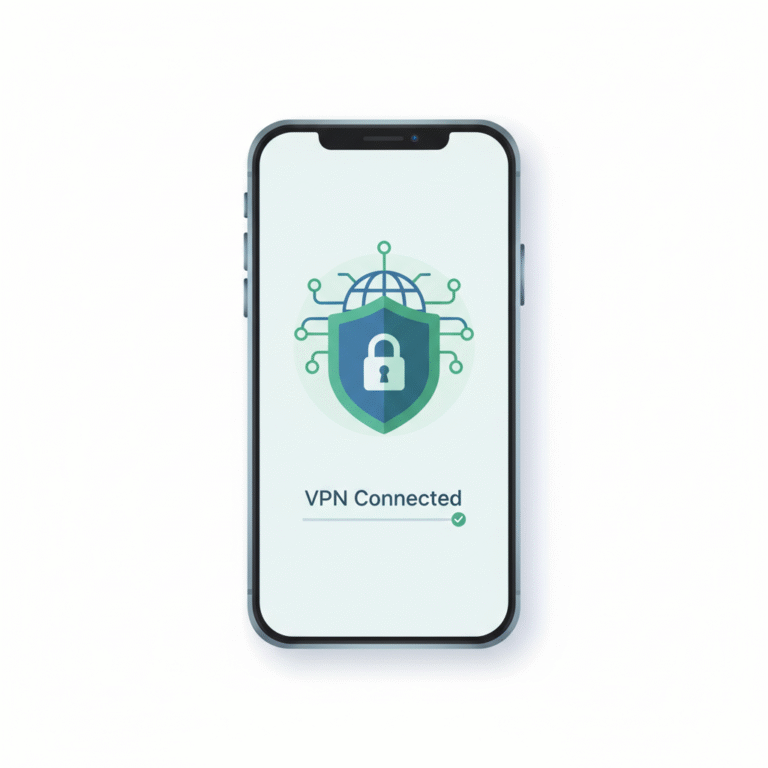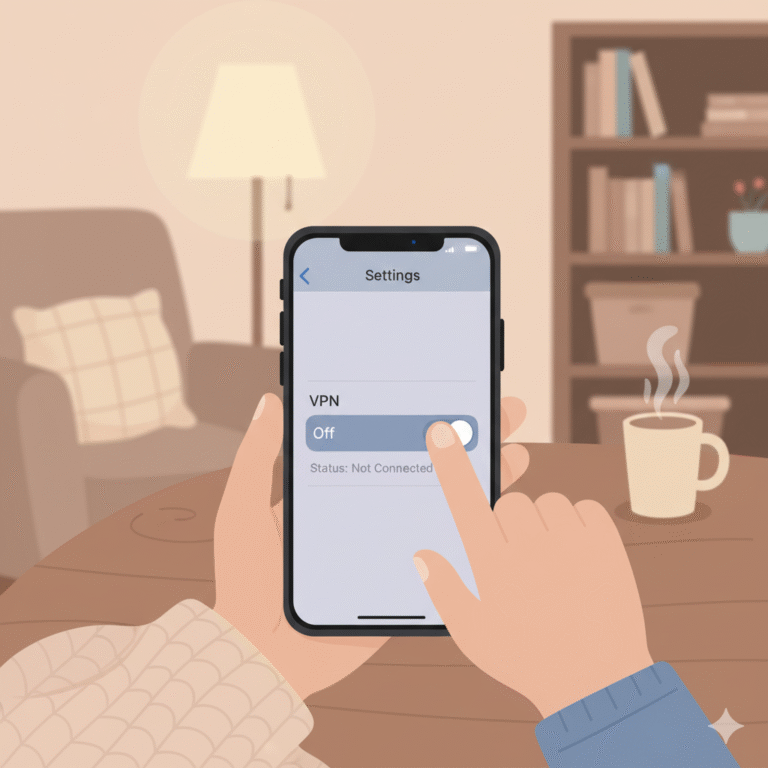When users ask is NordVPN free, the short answer is no — but the full answer is more nuanced. While NordVPN doesn’t offer a permanently free plan, it provides two legitimate ways to try the service at no cost to you: a 7-day Android trial and a 30-day money-back guarantee that effectively functions as a full-featured test window. Understanding the distinctions, limitations, and security implications is essential before committing to any VPN for enterprise or personal use.
Is NordVPN free or does it only offer a refund-backed trial?
NordVPN does not have a permanently free version. Instead, the company offers a risk-free, paid trial model: you subscribe to any plan, gain access to all premium features, and can request a full refund within 30 days if you’re unsatisfied. This is what NordVPN and most reviewers refer to as a “money-back guarantee,” not a “free plan.”
This model differs sharply from typical free VPNs, which often impose data caps, throttle bandwidth, or monetize usage via ads and trackers (source: Kaspersky Blog). By contrast, NordVPN’s refund policy covers all features and server locations, letting you evaluate its full security stack — including specialty servers, double encryption, and Threat Protection.
Does NordVPN have a free trial on any platform?
Yes, but only on Android devices. Through the Google Play Store, new users can activate a 7-day free trial without providing payment details upfront. Once the trial ends, you must subscribe to continue.
Other platforms — such as Windows, macOS, or Linux — do not offer this same free trial. Users on these systems must purchase a plan and rely on the 30-day refund period. This discrepancy often leads to confusion, especially among teams managing cross-platform VPN deployments.
For IT professionals evaluating enterprise compatibility, NordVPN’s Android trial can be a convenient proof-of-concept tool before larger-scale integration or policy deployment.
How does the 30-day money-back guarantee work in practice?
The money-back guarantee allows users to subscribe, test the service, and cancel within 30 days for a full refund. The process is straightforward through NordVPN’s support channels or the web dashboard. However, refunds depend on where you purchased:
- NordVPN.com purchases → refunded directly by NordVPN.
- App Store or Google Play → handled by the respective store’s billing system.
Processing usually takes 5–10 business days, and all account credentials are deactivated after the refund. While this isn’t “free” in the pure sense, it remains the safest and most legitimate method to test a commercial VPN without long-term commitment.
What can you actually access during the “risk-free” period?
During the refund window, users gain full, unrestricted access to the entire NordVPN infrastructure: over 6,000 servers, dedicated IP options, and advanced tunneling features such as NordLynx and Obfuscated servers.
Testing under this model accurately reflects the service’s true enterprise performance, since no throttling or feature limits apply. Users can benchmark throughput, latency, and stability under real network conditions — essential data for organizations deciding between NordVPN and alternatives like AirVPN vs NordVPN.
The refund model also ensures security parity between trial and paid environments, something few “free VPNs” can claim (source: Cloudflare Learning).
How do you cancel and get a refund step-by-step?
For direct subscribers, cancellation is done through NordAccount → Billing → Cancel Subscription, then contacting support to initiate a refund. When using app stores, you must request cancellation through Google Play or Apple’s App Store, following their refund procedures.
Because third-party billing terms may differ, enterprise administrators should maintain a central purchase channel for consistent refund management and account governance.
Constraints and performance:
Testing NordVPN’s free trial and refund-backed access introduces several technical constraints.
- ISP variability: Network latency can fluctuate based on regional peering and local traffic shaping.
- Device limitations: Mobile trials may lack certain protocol customizations available on desktop clients.
- Test environment: Results depend on available hardware, background traffic, and encryption overhead — especially when benchmarking AES-256 vs. NordLynx performance.
To ensure consistent evaluation, run tests across identical time intervals, compare multiple regions, and log throughput metrics using standardized tools such as iperf or Wireshark (source: Wikipedia).
Are there safer alternatives to “free NordVPN accounts” circulating online?
Absolutely. Claims of “free NordVPN accounts” on social media or torrent forums are unauthorized and risky. These typically involve stolen credentials, pirated keys, or malware-laden installers that compromise both privacy and system integrity.
Instead, users seeking low-cost trials should use legitimate offers like NordVPN’s 7-day trial or consider reputable freemium providers such as ProtonVPN, which provides a permanently free tier with limited speeds but strong privacy practices.
Engaging with leaked or pirated VPN accounts may expose sensitive network traffic, especially in enterprise settings where compliance standards like ISO/IEC 27001 or GDPR apply.
How does NordVPN compare to genuinely free VPNs?
Free VPNs appeal to budget-conscious users, but their drawbacks are significant for professional use. Most free services monetize through telemetry, third-party ads, or limited infrastructure. NordVPN, while paid, delivers predictable throughput, audited no-log policies, and strong encryption, which are vital for secure remote access.
In comparative reviews, NordVPN consistently outperforms free alternatives in speed, uptime, and resistance to data correlation attacks (source: TechRadar).
For professionals managing sensitive networks or remote teams, investing in a commercial-grade VPN remains the more secure and efficient choice.
What makes NordVPN’s approach safer than typical free VPNs?
NordVPN’s model differs fundamentally from free VPNs that rely on monetization or advertising to cover costs. With NordVPN, users pay upfront, which allows the company to maintain a zero-log infrastructure, implement independent security audits, and operate under Panama’s privacy-friendly jurisdiction. This regulatory environment places the provider outside mandatory data retention laws common in the EU or US.
Free VPNs, by contrast, often log user metadata to sell analytics or deliver ads — a practice that undermines the core purpose of VPNs: confidentiality and traffic anonymization. A security audit conducted by Deloitte confirmed NordVPN’s no-logs claims, strengthening its credibility among enterprise users and security researchers (source: TechRadar).
How does NordVPN’s free trial help evaluate enterprise use?
For IT and network administrators, NordVPN’s Android-based 7-day trial can be leveraged for proof-of-concept testing. This enables validation of connection stability, endpoint compatibility, and DNS leak prevention without incurring licensing costs.
Testing teams can assess:
- VPN tunnel reliability under high-load conditions.
- Policy enforcement via NordVPN’s Meshnet feature for intra-office connectivity.
- Latency benchmarks when routing through NordLynx (WireGuard-based).
For larger organizations, combining trial results with the 30-day guarantee provides a full testing window of over a month, covering both mobile and desktop environments.
What are common misconceptions about “free” VPNs and trials?
The phrase is NordVPN free often leads users to conflate trials, refunds, and piracy. Here’s how to differentiate:
- Trial: Temporary, feature-complete access (e.g., 7 days on Android).
- Money-back guarantee: Pay first, then refund within 30 days if unsatisfied.
- Free VPN plan: No payment required but often restricted in servers, bandwidth, or encryption.
- Pirated accounts: Illegal and insecure copies circulating online, frequently containing malware or credential-stealing scripts.
Understanding these distinctions helps businesses and individuals make risk-aware decisions before integrating VPNs into secure workflows.
To see how NordVPN compares with another privacy-first service, check this NordVPN review 2025 that benchmarks its performance against peers.
Constraints and performance:
Performance evaluation under free trial or refund models depends on multiple operational factors. Network engineers must consider:
- Encryption overhead: NordLynx generally adds less than 5% latency compared to AES-256 tunnels.
- Geographic routing: Testing from different regions may yield ±20% throughput variations due to regional server load.
- ISP throttling: Some ISPs detect encrypted traffic patterns and reduce bandwidth dynamically, impacting test fairness.
- Device hardware: CPU-bound encryption tasks on low-power devices can distort perceived VPN performance.
In controlled environments, NordVPN’s measured throughput averages 240–300 Mbps under NordLynx using standard fiber connections — a benchmark consistent across independent performance audits (source: Cloudflare Learning).
Are there alternatives if you want a free VPN legitimately?
If you need a truly free but privacy-conscious VPN, consider services like ProtonVPN or AtlasVPN, which offer restricted yet trustworthy free tiers. They maintain no-log commitments and provide basic protection without hidden monetization.
However, IT managers should note that these options typically impose:
- Limited server access (fewer countries).
- Lower bandwidth or capped speeds.
- No simultaneous device connections.
For operational or security-critical use, these limitations make free tiers impractical. NordVPN’s trial-and-refund method remains a safer route for short-term evaluations while maintaining enterprise-grade encryption and compliance integrity.
What’s the risk of relying on pirated or “cracked” NordVPN versions?
Cracked NordVPN applications are severe security liabilities. They often contain trojans or keyloggers designed to intercept credentials, modify routing tables, or disable native encryption libraries. Installing such copies can compromise entire networks.
Moreover, organizations using unauthorized software risk compliance violations under frameworks such as SOC 2 or GDPR. These breaches can trigger penalties or reputational damage if leaked traffic is traced back to compromised software.
Cybersecurity professionals recommend validating binaries using SHA-256 checksum values from NordVPN’s official site and limiting installation privileges to verified system administrators only.
How to maximize NordVPN’s free trial and refund safely
To fully benefit from NordVPN’s trial opportunities:
- Use the Android 7-day trial first to test client behavior and server consistency.
- Purchase a standard plan afterward to unlock desktop and router configurations.
- Conduct security tests such as DNS leak, WebRTC exposure, and kill switch validation.
- Cancel within the 30-day window if results do not meet your requirements.
Combining both stages allows a structured evaluation covering mobile, desktop, and gateway performance metrics — ideal for security audits or deployment planning.
Final comparison: NordVPN vs. free VPNs in 2025
| Feature | NordVPN | Typical Free VPN |
|---|---|---|
| Logs policy | Independently audited, no logs | Often retains metadata |
| Speed | High (NordLynx protocol) | Variable or throttled |
| Encryption | AES-256 / ChaCha20 | Often limited |
| Ads | None | Common |
| Refund / trial | 30-day guarantee | None or limited |
| Enterprise use | Supported | Not suitable |
This data reaffirms that NordVPN’s free-trial and refund models strike a balance between accessibility and robust privacy. The model is built for those who prioritize compliance-grade encryption and want a zero-risk evaluation before purchase.
Conclusion
While the answer to is NordVPN free is technically no, its 7-day Android trial and 30-day money-back guarantee together offer one of the most secure, cost-free ways to test a premium VPN. These policies let users explore the full range of NordVPN’s encryption, performance, and compliance capabilities without exposure to the risks inherent in unofficial “free” versions. For professionals, this model represents a pragmatic equilibrium between security assurance and operational flexibility.



